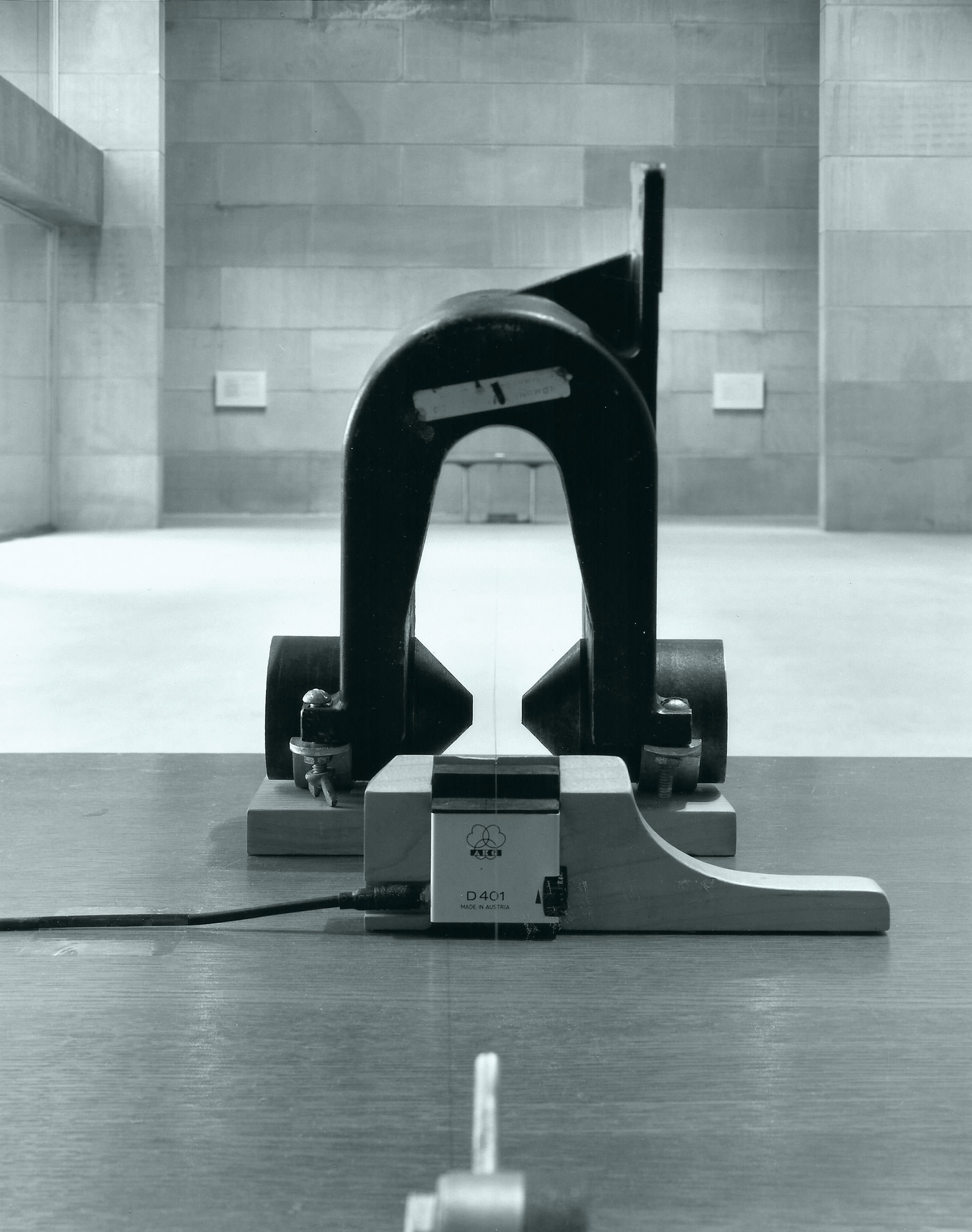This latest soft synth moves in a totally new direction for Arturia as it’s not an emulation based on a vintage hardware synth (that’s been their stock in trade for over a decade) – it’s completely original. But concurrently to their soft synths they’ve also been making their own unique analog hardware synths like the Brute series, so Pigments seems like a logical evolution for them.
https://tapeop.com/reviews/gear/129/minibrute-2/
https://tapeop.com/reviews/gear/121/matrix-brute-analog-synthesizer/
All that modeling, designing and building of analog gear has put Artruria in an ideal position to release their first “from the ground up” soft-synth, and it’s a winner! Pigments is a mega-synth with two completely different synthesis engines and two separate filters that emulate a variety of classic filters. One of the two synth engines will be immediately familiar to most synthesists, as it’s a basic analog synth oscillator that behaves in the way people are used to oscillators working. The really cool new tech with Pigments however, is its new wavetable sound engine. Wavetable synthesis is not new, it’s been around since Wolfgang Palm developed PPG Wave. But Pigments is a very robust implementation of wavetables that’s both complex and user friendly. Wavetables are basically tables of single cycle digital waveforms that can be cycled through in different orders. As such, it’s a digital form of synthesis, but PPG Wave paired it with real analog filters which gave that instrument a hybrid feel that could be straddle the best of both worlds; realistic, complex (sampled) waveforms paired with warm analog filters. You can read my review of Wolfgang Palm’s Infinite soft synth [Tape Op #121] for more info on the PPG history.
Pigments takes Wavetable synths to a new, more refined and mature level than any other implementation I’ve seen to date. I think one of the key features of Pigments is it’s GUI, in that it makes the wavetable engine very user friendly and while providing a dynamic real time visual indication of what’s happening in a patch, all in a laptop friendly sized interface. The upper left hand half of the GUI is dedicated to the two sound engines – one of which can be displayed and manipulated by choosing it’s tab. The upper right hand side of the GUI displays both filters. Across the full width of the middle of the screen is a narrow band that displays real time information on all of the controllers for the synth like LFOs, envelopes, S&H, etc. and below this, selectable by tabs, you can edit each of these across the bottom of the screen. The sound engine has a real time graphic display of the wavetable, while the filters have real time displays of the filter curve and how it’s modulated. It’s a brilliant GUI that allows you to see almost the entire patch in real time, thus making it much easier to edit and construct a sound. This synth is deep and I’m not going to try and point out every feature it has, but suffice it to say there are a lot – you can download a demo at Arturia to check it out for yourself. There are, however, a few key features should be pointed out. First, the wavetable engine allows you to import your own wavetables which has not historically been easy or even possible to do on other wavetable synths – this will really get deep sound tweakers and creators excited. The engine also implements FM, phase modulation, phase distortion and wave folding into its sound generation possibilities. Secondl, the filter section is like a modular synth full of filters stuck on to the side of Pigments. It has eight different filters including the Oberheim SEM and Matrix 12 filters, the MiniMoog, a formant filter, a comb filter, a phaser, and a multimode filter. The multimode filter can be used in 12 different combos of LP, HP, BP and notch modes so there are actually almost 20 different filters available and you can use any two simultaneously.
So how does it sound? Bitchin! Pigments is a great synth for complex evolving sounds. I feel like I could get a job scoring moody horror movies by using Pigments exclusively. And, this is a very fun instrument to play. I’ve been running most of my soft synths (including Pigments) in Windows 10 on my Microsoft Surface Pro, and with a few minor exceptions Pigments works great when using the touch screen, which is nice as not all soft synths do. If you’re into synths, you’ll really want to check this one out for sure. Hats off to Arturia for successfully expanding into a new instrument category.




_disp_horizontal_bw.jpg)